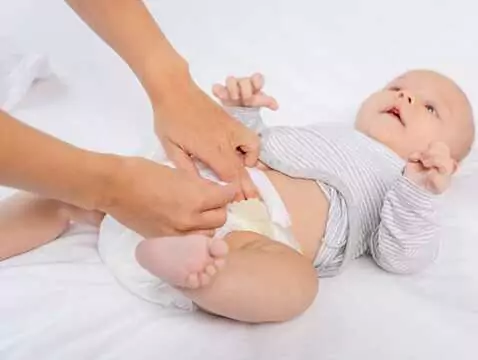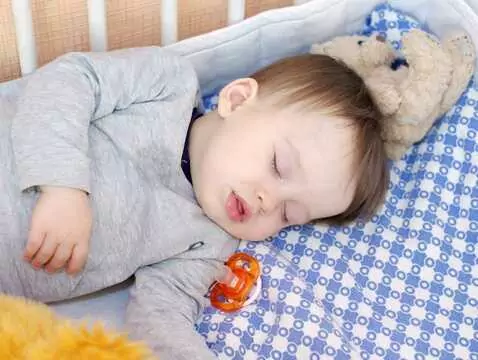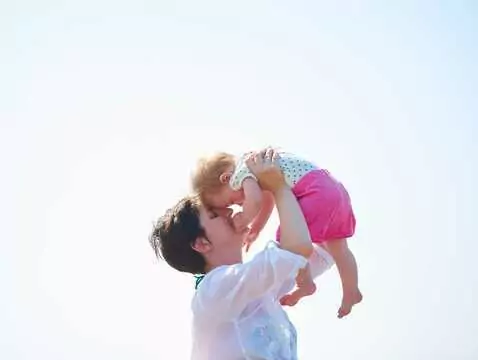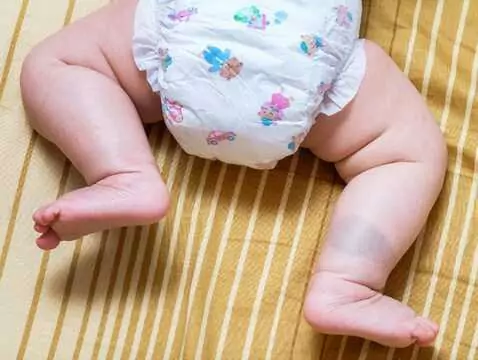The third part of an article discussing the stages of normal child development, looking at development in the second and third years of life. The skills the child should acquire in each month are described, as well as alarm signals requiring consultation with a doctor.
12-24 MONTHS
After the first year of life the rate of growth slows down, the average increase in body length in the second year is 12 cm and in weight about 2.5 kg. A decrease in appetite can be noticed, which worries parents. Fat tissue is less abundant and the child becomes more slender and muscular. With the adoption of an upright body position, the baby's silhouette changes; lordosis - the hollowing of the spine - appears and the tummy is pushed forward.
The baby walks unassisted around 15 months and at 20 months is running and walking. At 24 months, he moves freely, disregarding objects and danger, and requires constant supervision. He begins to speak at 12-18 months, but this is also an individual characteristic. Usually the later he starts to speak, the faster full speech develops. In behaviour, he imitates his mother, but plays on his own, appropriating toys for himself. In the second year of life he begins to report his physiological needs.
Warning signals in child development should be distinguished in 3 categories:
- U - in the mental sphere
- E - in the emotional and social sphere
- R - in the motor area
18 MONTH - WARNING SIGNS IN THE FIELD OF CANCER
- U - does not put in or take out small objects from larger ones, does not point to at least one part of the body, does not say 5-8 words
- E - does not show or tell what is asked, does not imitate or help in daily activities, does not use a spoon, does not drink alone from a cup
- R - does not walk unaided, does not bend down for toys, does not climb on equipment
The development of the child's passive and active speech, his ability to understand simple everyday situations needs special evaluation
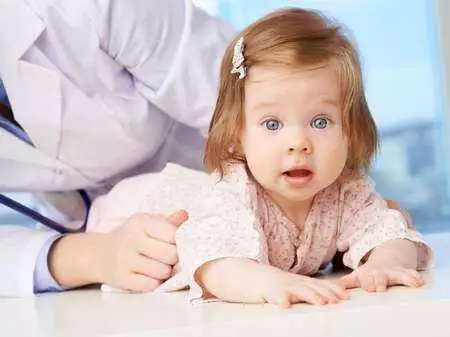
photo: pantherstock
24TH MONTH - WARNING SIGNS IN RACSOJ
- U - does not point to parts of the body, does not identify 2-4 named objects in pictures, does not build a tower of 4-6 blocks, is not able to match different shaped pieces to the correct holes, does not scribble, does not imitate lines in drawing, does not combine 2 words in a sentence e.g.: mama da
- E - does not help with simple household chores, does not undress, is not able to wash his/her hands by him/herself, does not express his/her desires e.g.: to drink, to eat, does not follow 2 commands: "take the doll", "give the doll a drink"
- R - does not walk up and down stairs when held by hand, does not run, does not kick, does not throw a ball
If a 2 year old child does not want to become independent and explore the world, it is important to consider whether this is due more to a lack of stimulation at home or to developmental deficits.





